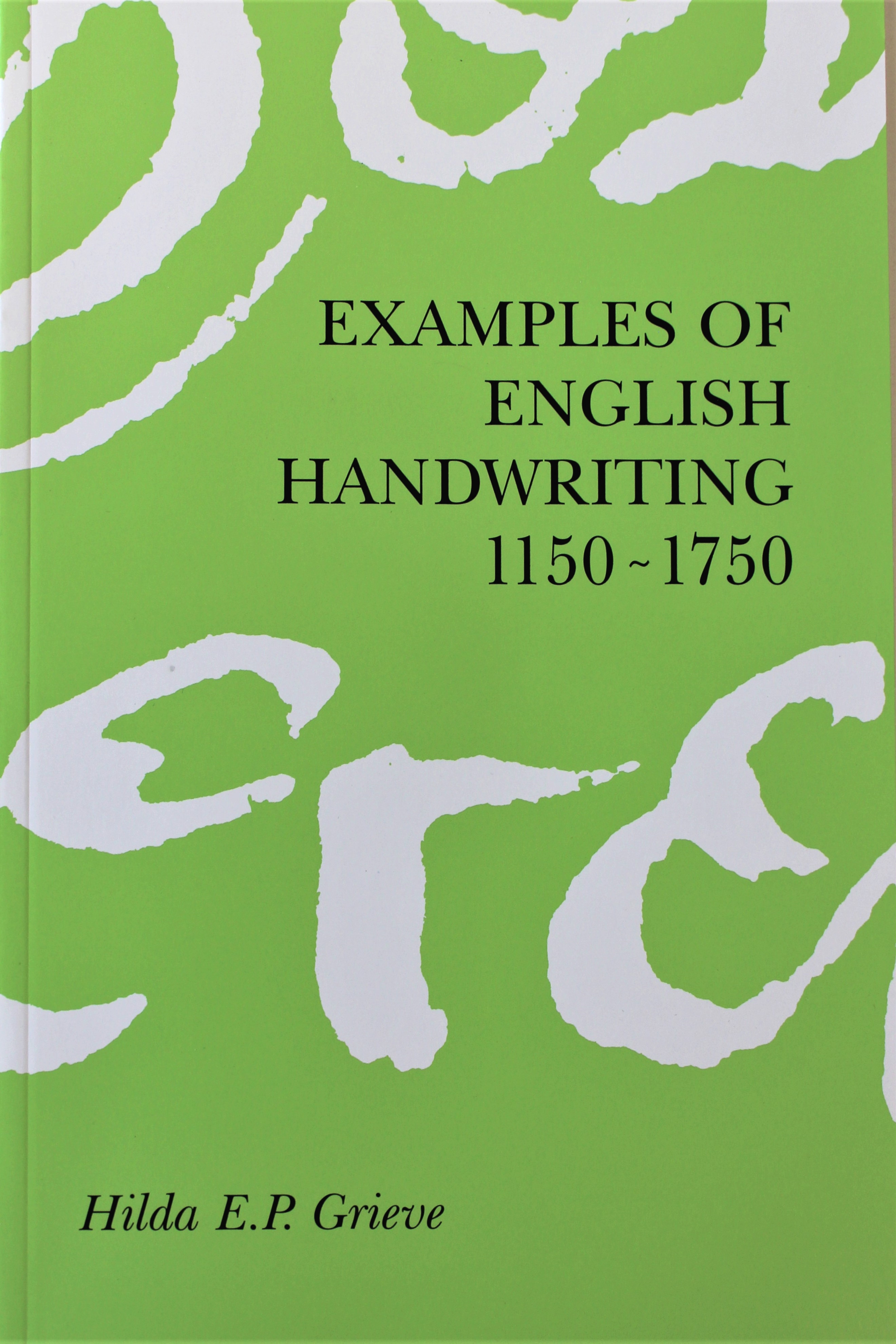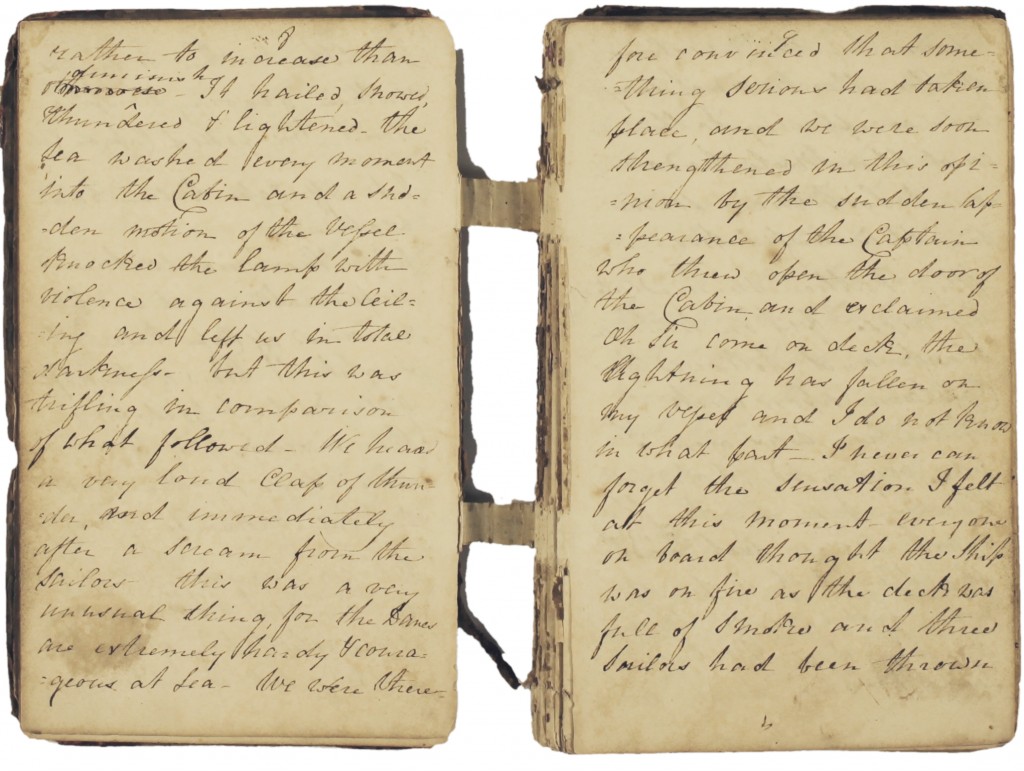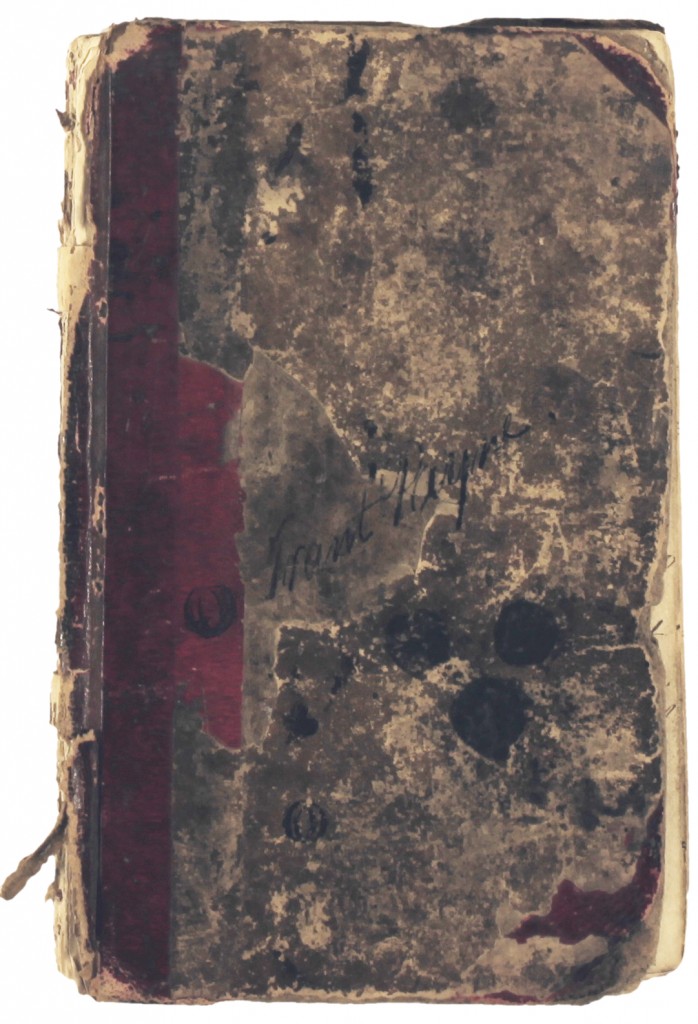Just in time for Christmas, Essex Record Office has teamed up with Museumshops.uk to make our publications available to purchase online for the very first time. Many of these publications have been printed in limited numbers and were previously only available from the Essex Record Office Searchroom.
Our shop can be found at https://museumshops.uk/shop/essex-record-office/.
Over this week we will be taking a look at some of our most popular publications, all of which can be bought from our online shop!
The Great Tide
 Written and researched by Hilda Grieve and Published in 1959, “The Great Tide” told the story of the county’s relationship to the sea, the meteorological conditions preceding the flood, the events of 31 January and 1 February 1953, and the subsequent rescue, relief, and restoration efforts in meticulous detail, drawn from six years of careful, patient research. It has since been described by the writer Ken Worpole as “one of the great works of twentieth century English social history”.
Written and researched by Hilda Grieve and Published in 1959, “The Great Tide” told the story of the county’s relationship to the sea, the meteorological conditions preceding the flood, the events of 31 January and 1 February 1953, and the subsequent rescue, relief, and restoration efforts in meticulous detail, drawn from six years of careful, patient research. It has since been described by the writer Ken Worpole as “one of the great works of twentieth century English social history”.
This title has been out of print for some time, but was re-printed by Essex Record Office in 2020. This seminal work should be on the shelf of any student of modern history
Examples of English Handwriting 1150-1750
Written by Hilda Grieve in 1954, “Examples of English Handwriting” is an illuminating exploration into the chronology of early English penmanship, drawing from six centuries worth of Essex’s parish records, Examples of English Handwriting reads much like a handbook for the aspiring historian. It is a must have for anyone seeking to read the historic documents that are cared for at ERO and countless other archives. Complete with a variety of visual examples, the work diligently elucidates semantic change, typography, abbreviations, letter strokes, and Anglo-Saxon history.
exploration into the chronology of early English penmanship, drawing from six centuries worth of Essex’s parish records, Examples of English Handwriting reads much like a handbook for the aspiring historian. It is a must have for anyone seeking to read the historic documents that are cared for at ERO and countless other archives. Complete with a variety of visual examples, the work diligently elucidates semantic change, typography, abbreviations, letter strokes, and Anglo-Saxon history.
Hilda Grieve’s precious legacy as a didactic county archivist is captured in this classic work of palaeography, with this 1981 edition merging two of the prior volumes published by the Essex Record Office.
Pilgrims and Adventurers
One of our most popular titles is: “Pilgrims and Adventurers”.
“No English county has stronger links with the East Coast states of America than Essex.”
On a now mythical autumnal day in 1620, an English fluyt, designated the “Mayflower”, dropped its anchor on the shores of what is now Massachusetts: its passengers, puritan separatists and adventurous individuals, would disembark onto the foreign soil following the lead of Capt. Christopher Jones, his skeleton crew, imbued with a belief in manifest destiny. Pilgrims & Adventurers explores the foundation of the United States: how the likes of Columbus & Walter Raleigh laid groundwork for a theologically ruptured England to flee in search of a New World. The book charts the initial voyage of the Essex pilgrims to the raising of the early settlements: Plymouth Colony, Providence; the attempted conversion of Indigenous Americans, and conflicting theses of Philo-Theology that would continue to divide the early colonists.
Written & published in 1992 by archivist John Smith, this work is a concise introduction to the hitherto unexplored study of the Essex people on the colonisation of North America.



